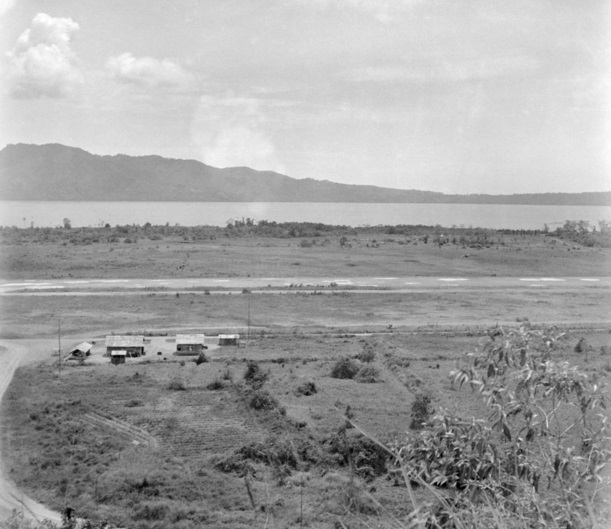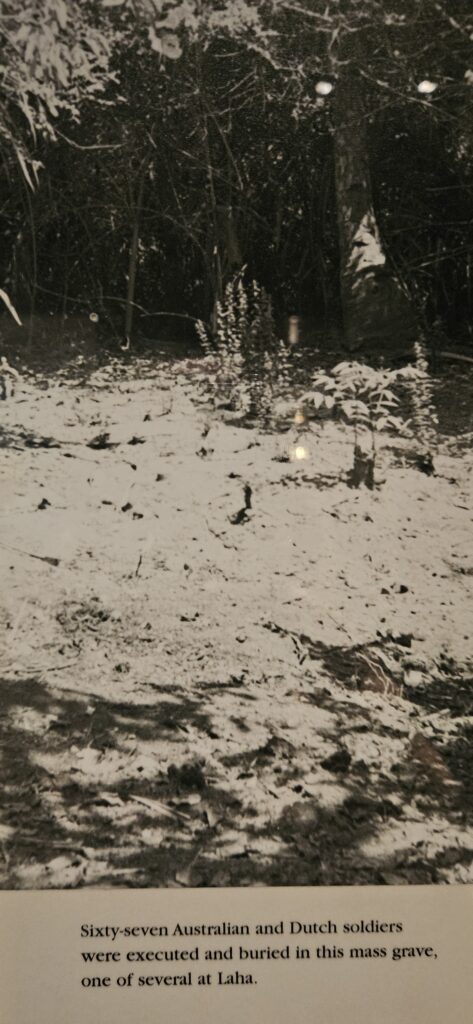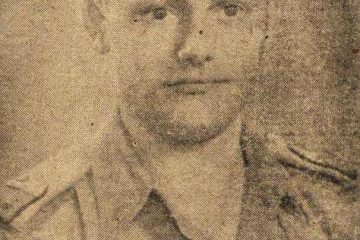The Battle of Ambon, which raged from January 30 to February 3, 1942, in the Netherlands East Indies during World War II, held significant strategic implications due to its potential for facilitating air attacks on Australia. The Dutch garrison, ill-equipped and understaffed, found itself confronting Japanese aggression alongside Allied forces, including 1100 Australian troops. Despite initial air support from the Allies, the Japanese fleet’s landing on January 30 overwhelmed Ambon’s defenses.
Communication breakdowns and logistical hurdles hampered the Allied response, resulting in the surrender of Dutch forces on February 1 and the eventual capitulation of Australian troops on February 3. The Japanese perpetrated horrific acts, summarily executing hundreds of Dutch and Australian prisoners of war, particularly at Laha airfield, as retaliation for the sinking of a Japanese minesweeper. The aftermath witnessed Japanese air raids on Darwin and the transfer of numerous prisoners to Hainan. The battle underscored the challenges of defending remote outposts and highlighted the brutality endured in the Pacific theater of war.

Laha Massacre
One of the most notorious events following the Battle of Ambon was the Laha massacre. Despite relatively light casualties during the battle itself, Imperial Japanese Navy personnel carried out a series of massacres, targeting over 300 Australian and Dutch prisoners of war. The executions, involving bayoneting, clubbing, and beheading, were perpetrated randomly and without mercy. The surviving prisoners endured appalling conditions, with many succumbing to overwork, malnutrition, and disease over the ensuing three and a half years. The atrocities culminated in one of the largest war crimes trials, held in 1946, where 93 Japanese personnel were prosecuted by an Australian military tribunal. Rear Admiral Hatakeyama, held responsible for ordering the Laha massacres, escaped trial due to his death, but Commander Kunito Hatakeyama was sentenced to execution by hanging for his direct involvement. Lieutenant Kenichi Nakagawa received a 20-year imprisonment sentence.
The Ambon War Cemetery now stands as a solemn reminder, housing the graves of 1,956 servicemen, predominantly Australian, Dutch, and British, who fell victim to the horrors of war.
The massacre is commemorated at the Australian War Museum (see below). Photos Paul Budde April 2024.




